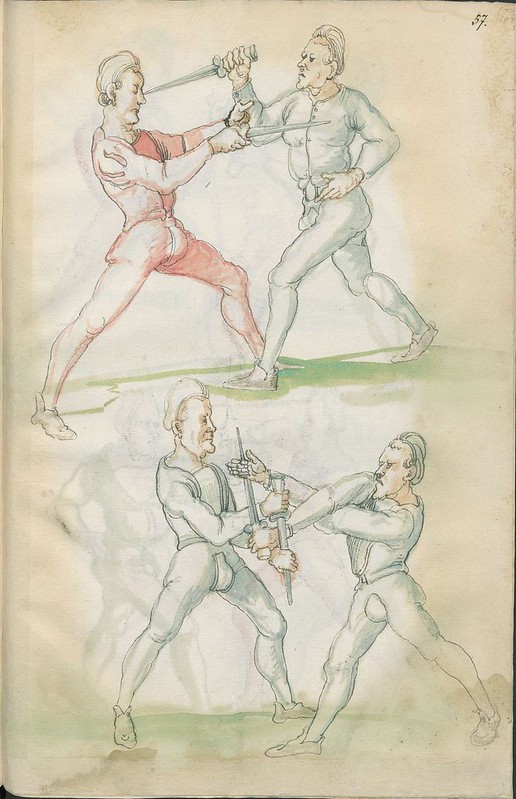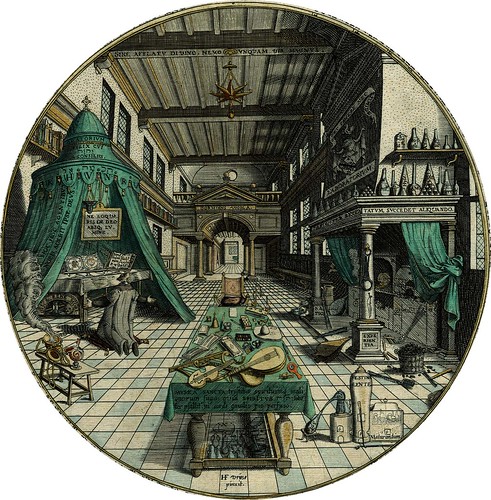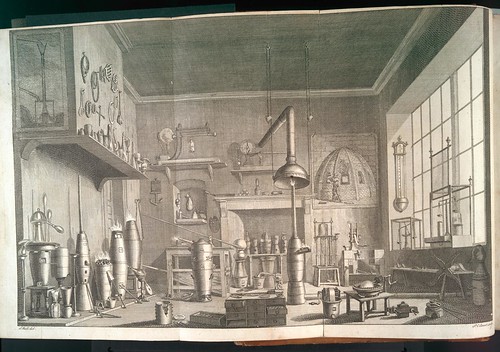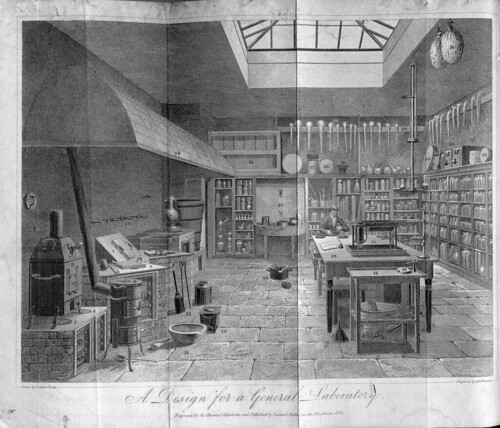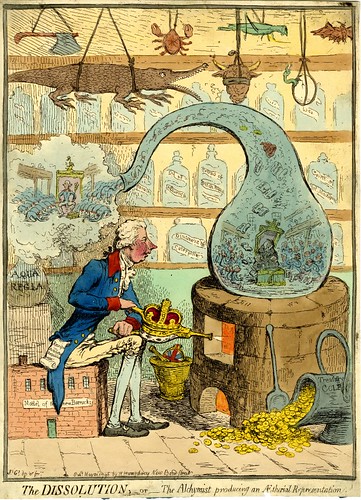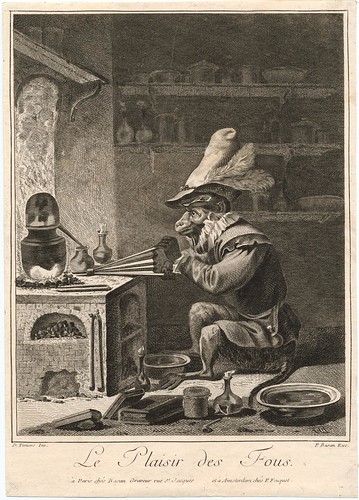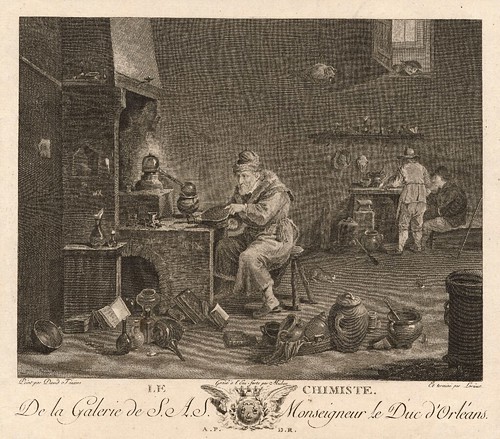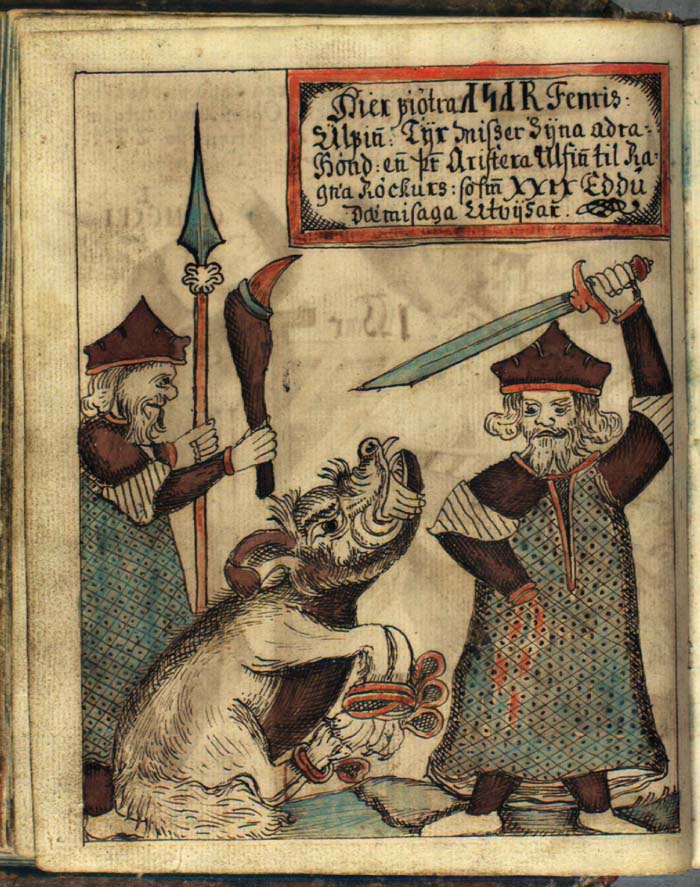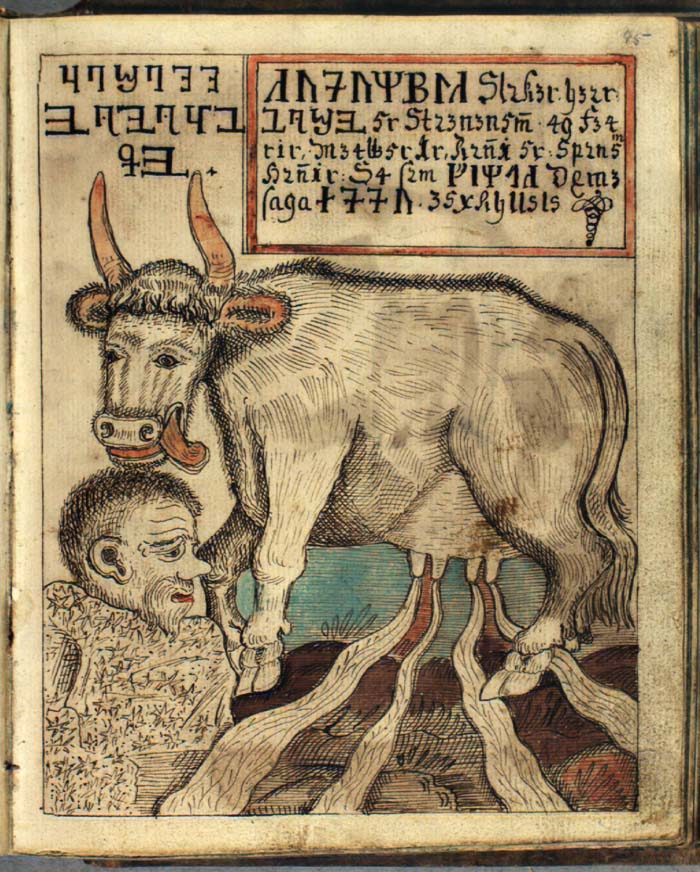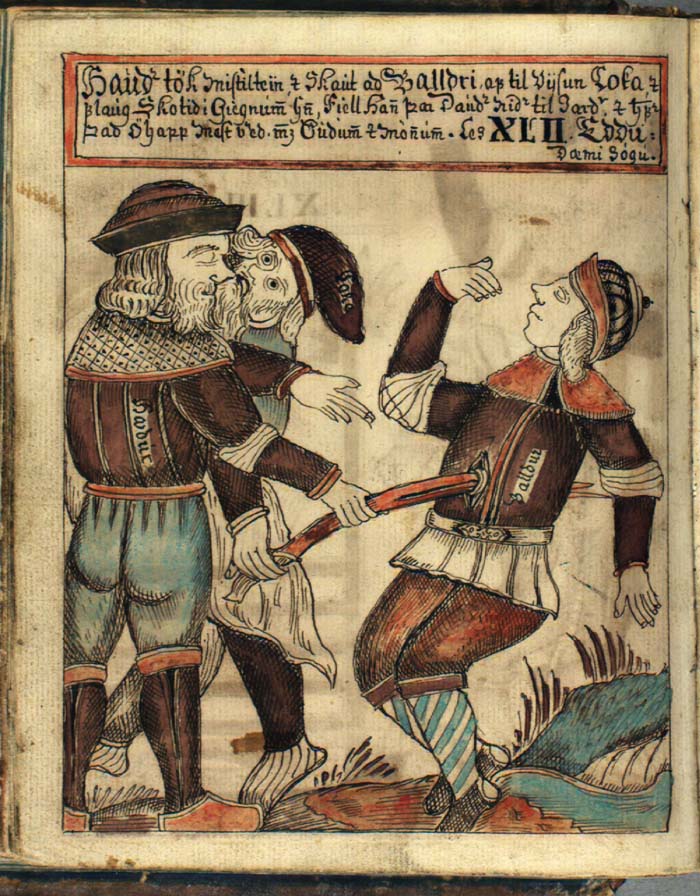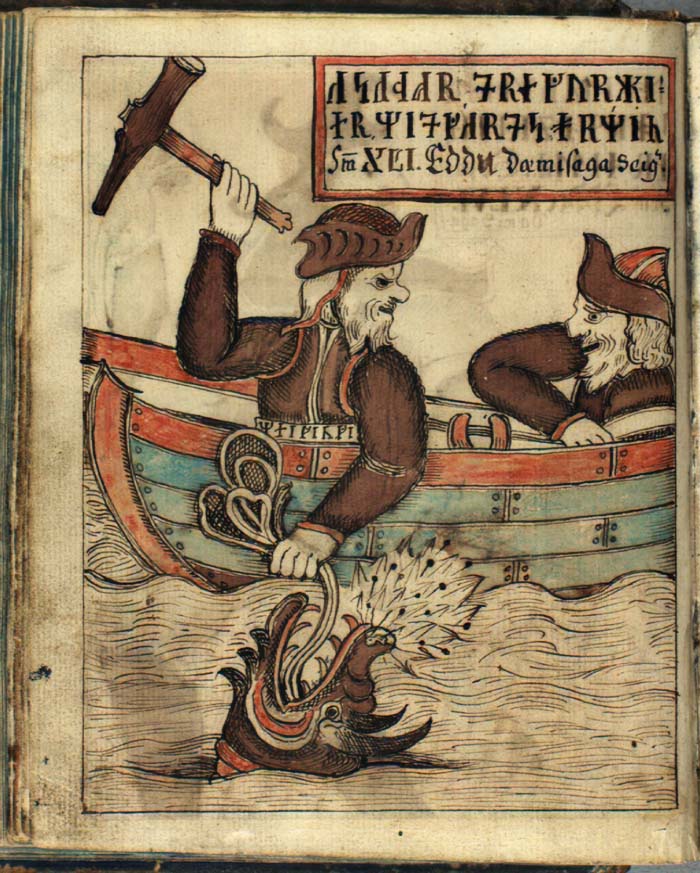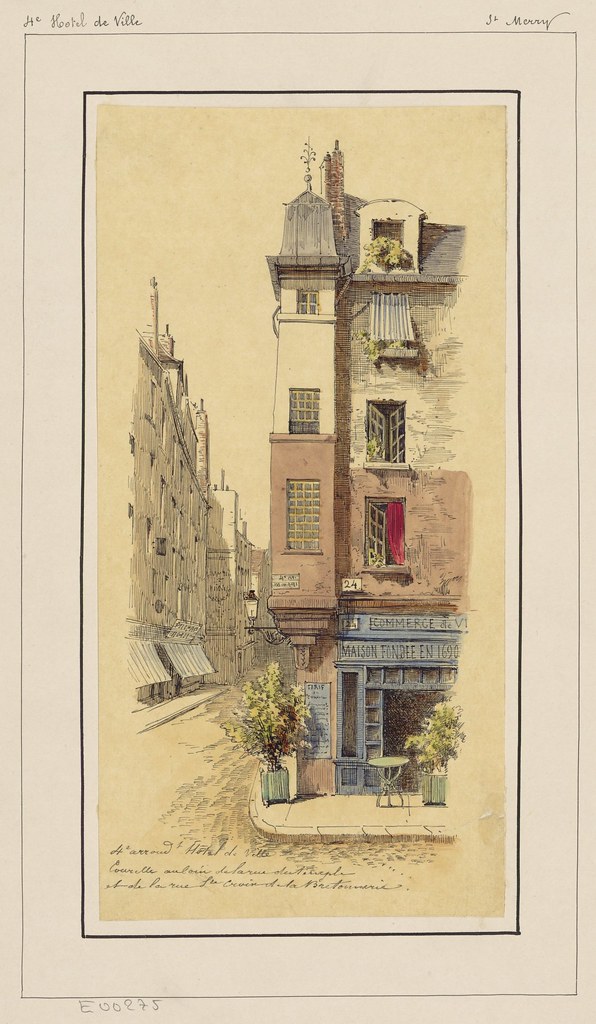 |
Title: Tourelle au coin de la rue du Temple et de la rue Ste Croix de la Bretonnerie
Designed by: Jules-Adolphe Chauvet
Date: 1870s
Collection Chauvet. Dessins sur Paris et ses environs, Paris (France) -- 2ème et 3ème arrondissements
Format: dessin : aquarelle, plume et encre ; 24,2 x 12 cm
Source: Bibliothèque nationale de France, département Estampes et photographie |
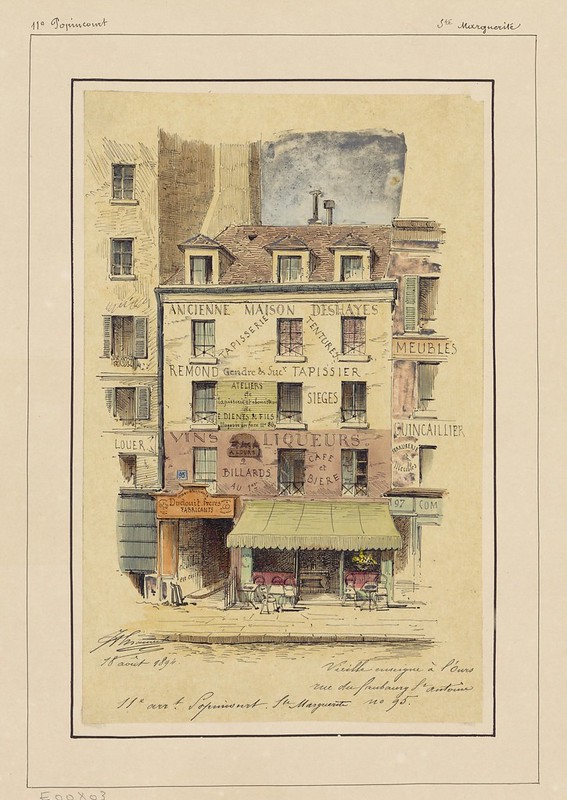 |
Title: Vieille enseigne à l'ours rue du faugourg St Antoine n° 95
Designed by: Jules-Adolphe Chauvet
Date: 1894
Collection Chauvet. Dessins sur Paris et ses environs, Paris (France) -- 11ème Arrondissement
Format: dess. sur calque appliqué : plume et encre, aquarelle ; 24,4 x 15,5 cm
Source: Bibliothèque nationale de France, département Estampes et photographie |
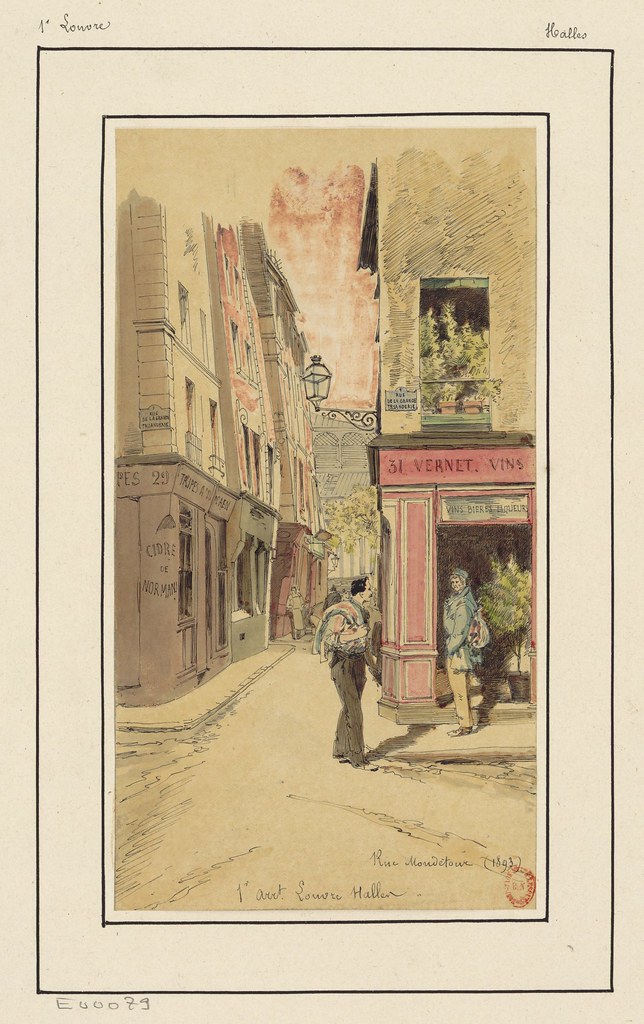 |
Title: Rue Mondétour
Designed by: Jules-Adolphe Chauvet
Date: 1893
Collection Chauvet. Dessins sur Paris et ses environs, Paris (France) -- 1er et 2ème arrondissements
Format: dessin sur papier bistre : encre, plume, aquarelle ; 21,6 x 11,7 cm
Source: Bibliothèque nationale de France, département Estampes et photographie |
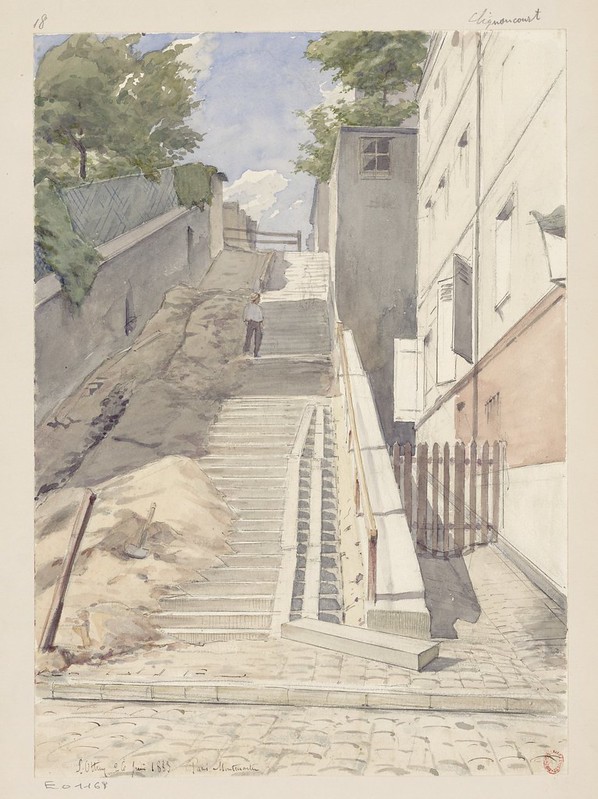 |
Title: Paris Montmartre : 18è Clignancourt
Designed by: Auguste Louis Marie Ottin
Date: 1883
Collection Chauvet. Dessins sur Paris et ses environs, Paris (France) -- 17ème et 18ème arrondissements
Format: dessin : crayon, aquarelle, plume et encre ; 35 x 25 cm
Source: Bibliothèque nationale de France, département Estampes et photographie |
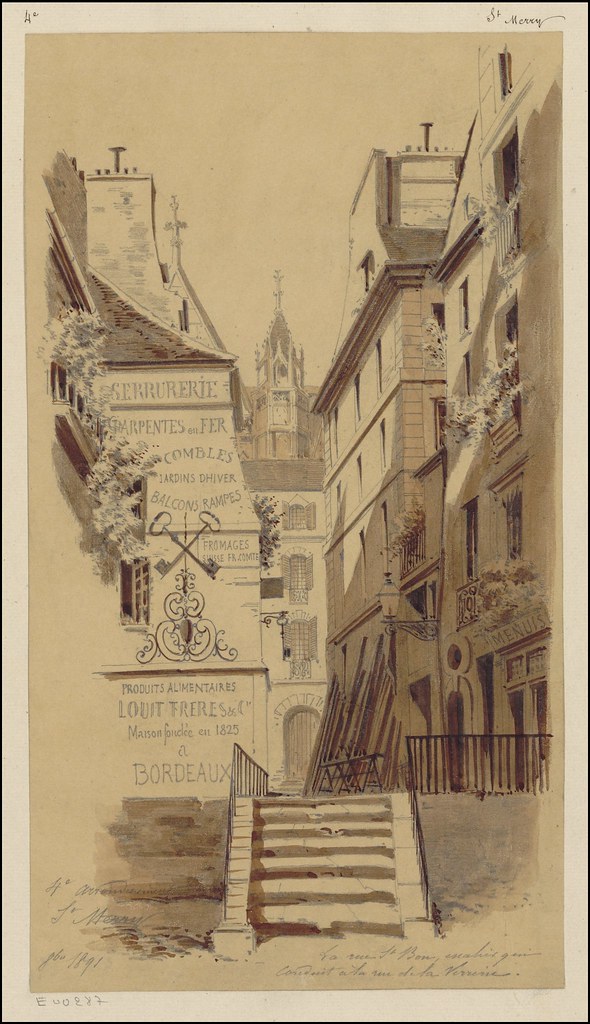 |
Title: La rue St Bon, escalier qui conduit à la rue de la Verrerie
Designed by: Jules-Adolphe Chauvet
Date: 1891
Collection Chauvet. Dessins sur Paris et ses environs, Paris (France) -- 2ème et 3ème arrondissements
Format: dessin sur calque appliqué : lavis d'encre brune, crayon, aquarelle ; 35,7 x 19,9 cm
Source: Bibliothèque nationale de France, département Estampes et photographie |
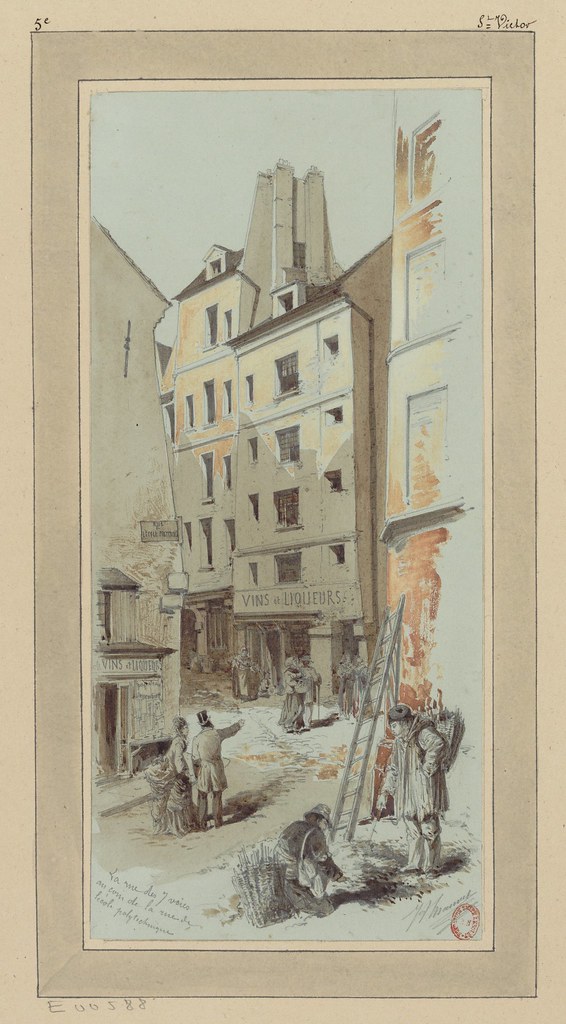 |
Title: La rue des 7 voies au coin de la rue de l'école polythecnique
Designed by: Jules-Adolphe Chauvet
Date: 1880
Collection Chauvet. Dessins sur Paris et ses environs, Paris (France)
Format: dessin : crayon, aquarelle, rehauts de gouache ; 27,1 x 12,8 cm
Source: Bibliothèque nationale de France, département Estampes et photographie |
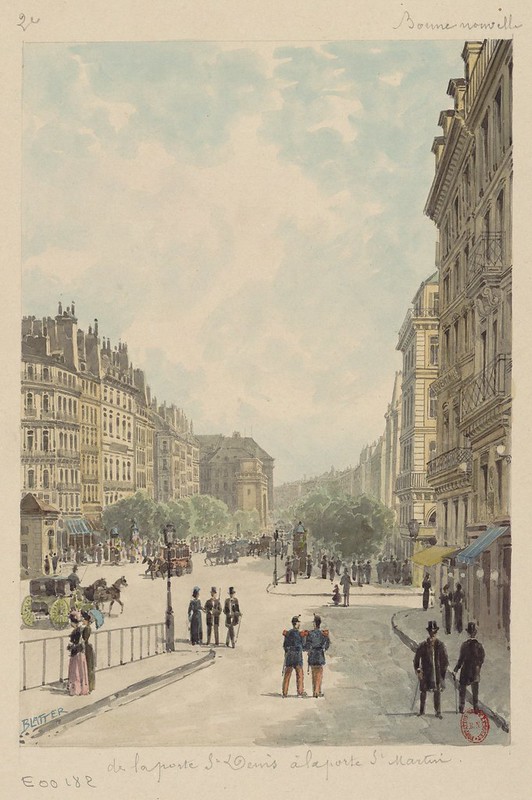 |
Title: De la porte St Denis à la porte St Martin
Designed by: Vincent Blatter
Date: 1800s
Collection Chauvet. Dessins sur Paris et ses environs, Paris (France) -- 2ème et 3ème arrondissements
Format: dessin : aquarelle ; 34,5 x 22,6 cm
Source: Bibliothèque nationale de France, département Estampes et photographie |
Most of these aquarelle sketches were created by Jules-Adolphe
Chauvet (1828-1906), a French draughtsman, printmaker and illustrator.
The vast majority of the collection was commissioned
from Chauvet by a rich benefactor, Auguste Lesouëf, and the drawings were
produced in all of the twenty
municipalities (arrondissements) of Paris, although with some specific
districts covered more extensively than others.





